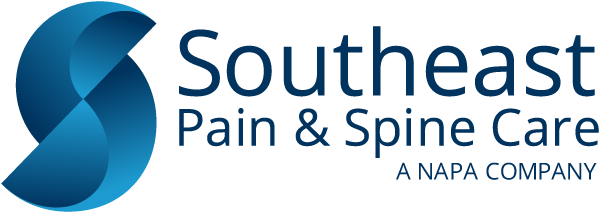Heat and Cold: Natural Muscle Pain Relief
PUBLISHED ON:
October 29, 2021
When you apply heat and cold therapy to painful muscles, it can help relax your muscles and relieve pain. It may even help reduce inflammation in your muscle tissues.
Heat and cold therapies work by sending signals to certain nerve endings in your skin and other tissues. These nerve endings (called thermoreceptors) carry the signals through your central nervous system (CNS) to an area of the brain called the hypothalamus. The hypothalamus, in turn, sends chemical messages back down through the spinal cord and into the muscles, causing them to relax.
So, how can you effectively use heat and cold therapy to relieve pain?
Heat Therapy for Muscle Pain
Heat stimulates the blood flow in your muscles. This can help reduce muscle stiffness or spasms, ease muscle tension (especially when used with stretching exercises), and break up scar tissue that may have formed in injured muscles. Heat also increases your body’s supply of endorphins — natural painkillers.
Endorphins can not only reduce your perception of pain, they also act directly on the central nervous system to inhibit (reduce) pain messages.
Heat therapy offers the following benefits:
- Relieves muscle spasms, cramps, and pain by increasing blood flow to active muscles
- Relaxes contracted (tightened) muscles
- Provides temporary relief of chronic low back pain
- Increases your body’s supply of endorphins
- Promotes better sleep
- Helps relieve premenstrual and menstrual cramps
You can use heat therapy with or without massage, but it’s easier to relax your muscles if you have someone help you apply the heat. Take care not to burn yourself by using heat sources that are too hot.
Cold Therapy for Muscle Pain
Cold therapy helps reduce muscle pain by numbing nerve endings in your skin and other tissues. This decreases the number of pain messages that are sent to your brain.
Cold therapy offers the following benefits:
- Relieves muscle spasms, cramps, and pain by numbing nerve endings in your skin and other tissues so they can’t send as many pain messages to your brain
- Provides temporary relief of chronic low back pain
- Reduces swelling by reducing blood flow to the area being treated
- Helps relieve premenstrual cramps
Cold therapy can also help reduce post-exercise muscle soreness, but it does not work as fast as heat. You should use cold within twenty minutes of exercising. If left on too long, however, cold can cause blood vessels to constrict (become small), which reduces blood flow and oxygen to the muscles.
When Not to Use Heat or Cold Therapy
Heat and cold therapy may not be helpful if you have a fever or an active infection, such as the flu.
Make sure to check with your doctor before using heat or cold therapy if you have severe osteoporosis (a disease that causes bones to become weak and brittle) because prolonged exposure to heat may cause calcium loss. This could make weak bones even weaker.
If you have circulation problems, such as heart disease or diabetes, be careful when using heat because it can make poor circulation worse. You should not use cold therapy in this case either. Some people with certain neurological disorders may also want to avoid cold therapy.
Be careful not to burn yourself by using heat sources that are too hot.
Conclusion
Heat and cold therapies can help relieve muscle pain, but you need to use them correctly in order to get the most benefit.
You should never use heat or cold therapy on an area of skin that has not been properly warmed up, so be sure to apply them only after you have stretched, massaged, or exercised the affected muscles.
By following these tips on heat and cold therapy for pain relief, you can get back to doing the things you love to do as quickly as possible.
For more information on relieving muscle pain, you can request an appointment using our online form below, or feel free to contact us.
PUBLISHED ON:
October 29, 2021


